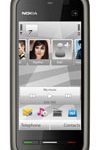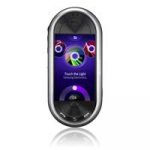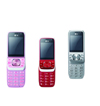Our phones are a crucial part of our lives in 2020. According to the Pew Research Center, 96% of Americans own a cell phone – an increase of 61% from just 35% in 2011. We depend on our mobile devices for communication , productivity, entertainment and more. But with millions of apps on the App Store and Google Play Store, how do you decide which one to install? Don’t waste your time going through them all. Many apps lack intuitive interfaces, some are relegated to an unused corner of your home screen and others are bored. To help you decide which apps call your phone home, here is a list of the seven best apps for any mobile phone. To add a touch of originality, I excluded social media apps (Twitter, Facebook, Instagram, Houseparty, Tiktok, Discord, GroupMe, etc.), all but two of the apps on the best-selling list of Apple and YouTube. 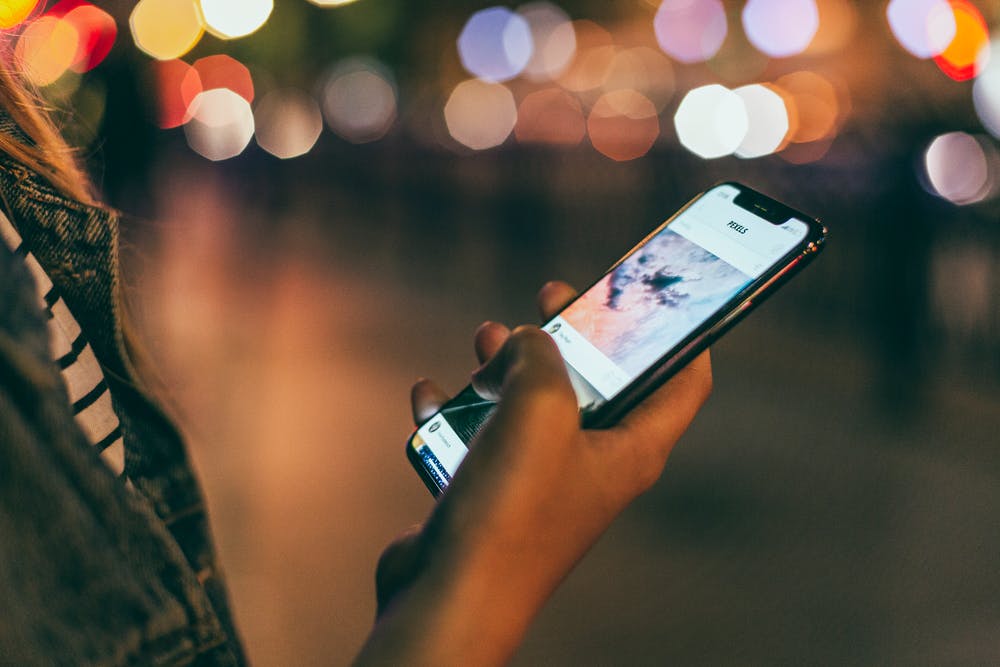
picture by Daria Shevtsova of Pexels
1. Todoist
This productivity app is incredibly useful for organizing everything you need to do. You can list your tasks, all the projects you have in mind, your goals, all lists (reading/groceries), schedules, etc. on the easy to use app available on Apple (Mac, iOS), Windows and Android devices. This is rated as the best “to do list right now” by The Verge. Todoist has been used by companies such as Amazon, Disney, and Facebook to manage large-scale projects. As a student, I use Todoist to list all my upcoming assessments, school events, homework due, and (with the new digital wave) the date of my next Zoom call. I set new goals every week – besides being therapeutic and making you more productive, the app is also free! Rating: 9/10
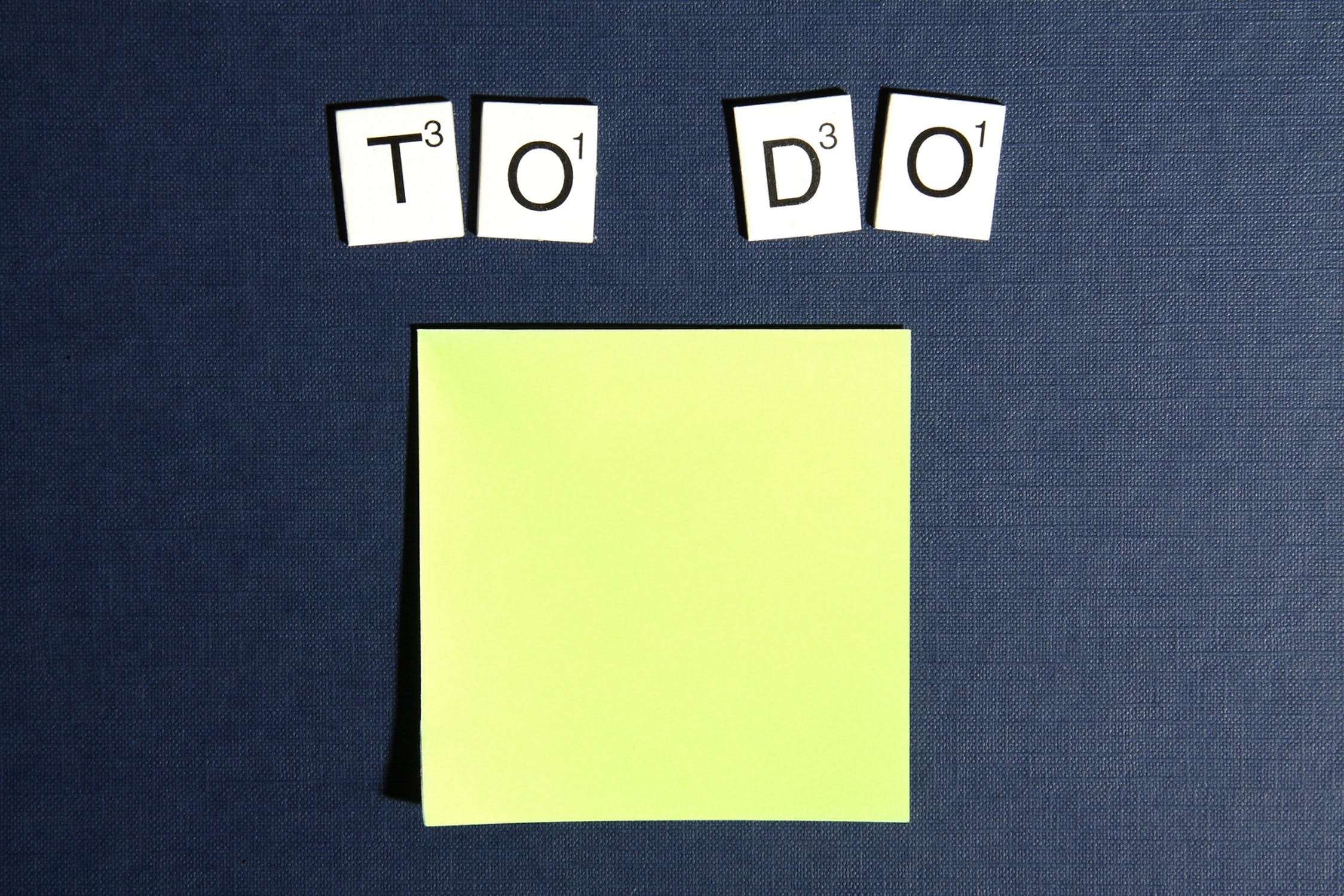
2. Last Pass
If you’re like me, you have tons of passwords and virtually nowhere to store them…so chances are you’ll forget some very often. The problem of writing passwords on sticky notes and storing them in places no one can find is completely avoided if you use LastPass. One of the best-known password storage apps, it remembers all your passwords on all devices linked to your LastPass account for free (mium) and stores them in an easy-to-access way. From social media passwords to insurance cards to Amazon credit card codes, LastPass is the go-to resource if you want a secure vault for your sensitive information. I’ve been using LastPass for a while now (about a year and a half) and it’s been very helpful for cross-account authorization. I have multiple email accounts that I jump between, each from different suites, so it’s a lifesaver to have a single database of all necessary information. The app runs on a freemium platform, with three main plans: Free, Premium, and Families. There is also a separate set of plans for businesses. Something unique to LastPass is the ability to effortlessly share sensitive information with others who have accounts. LastPass is available on Windows, Mac, Linux, and mobile. Rating: 9/10
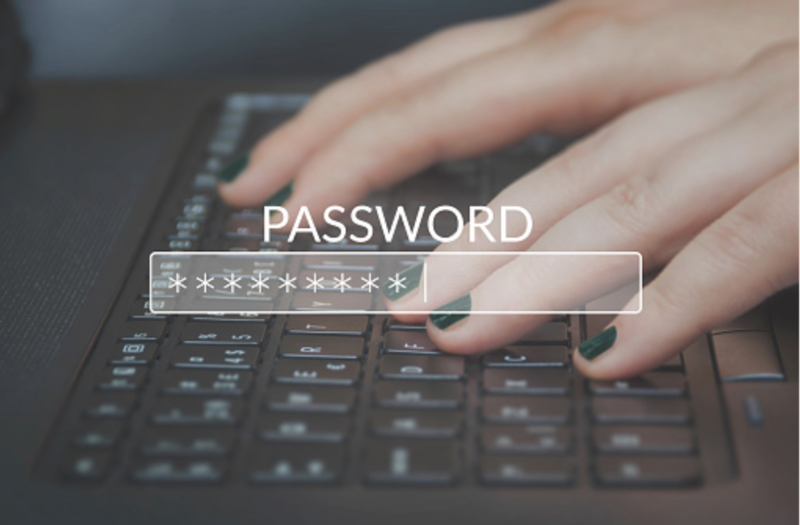
3. Seven
The seven-minute workout move has been a figure that has been looming on the fitness scene for several years now. The Seven app allows beginners to jump straight into this relatively intense yet extremely fast workout with little to no fuss. With step-by-step guidance, Seven is an app that aims to make you the fittest, healthiest version of yourself. The app customizes the exercises for you and the user interface is really fun, with cool graphics and a sleek finish. The app also boosts morale – the Achievements tab makes you feel really good about the work you put into the exercise. You can also launch the app with a smartwatch. I used the app briefly; I can say that the seven minute workout is really effective, and using the Seven app is the best way to follow the seven minute routine. Seven is available on Android and Apple devices. Rating: 8/10 
Photo by Jonathan Borba on Unsplash
4.Spotify
Here are the two most popular apps on the list. You’ve probably heard, if you haven’t already, of Spotify. Known for its high-quality music streaming services, the app features a wide variety of music genres and artists. It is one of the most complete and easy to use streaming services (on mobile). But this app doesn’t just have good music. As you know if you are an avid Spotify user, the app has recently gained popularity as a platform for podcasters; some of the best podcasts are hosted on Spotify. I used to think that listening to someone talk for 30 minutes would be downright boring, but I started listening to podcasts on Spotify and became fascinated by the app’s talented creators and intriguing topics. This app works on a freemium basis (believe me, it’s worth considering Premium – there are lots and lots and lots of ads in the free version). At the moment, you can get Premium for free for one month and will have to pay $9.99 per month thereafter. But there is also a special student plan that reduces the price to $4.99. Spotify is available on Windows, Mac, Linux and mobile. Rating: 9/10 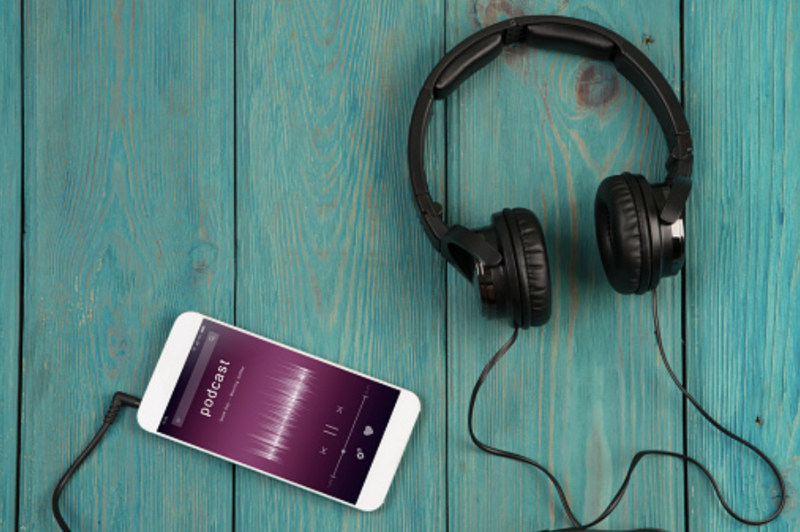
5. Zoom/Google Meet
The second of the most popular applications! It’s a pair this time. In the age of COVID-19, who doesn’t know Meet or Zoom? I put both here because “recommendability” and usability depend on what your school/college/organization/company uses the most. Personally, I prefer Google Meet because it has a cleaner interface and better call quality (in my experience), but my school mainly uses Zoom. This latest app, known for some security issues in the past few months, has an older look. Meet has a 60 minute cap for a basic account and Zoom has a 40 minute cap but has been known to sometimes “gift” you extra minutes. Zoom has removed the time cap during COVID-19. Overall, Zoom is better for large conference calls and Google Meet is better for smaller scale meetings. These platforms are available on Windows, PC, Mac, Linux, and mobile. Rating: 8.5/10 
Photo by Chris Montgomery on Unsplash
6. Adobe PDF Scanner
Need to scan documents in a snap? If you don’t have a copier in sight, pull out your phone and open the Adobe PDF Scanner app. The sensors built into the app’s camera frame the document (so the shot only contains the document) and turn it into a PDF file. If you have multiple pages or files that you need to take photos of, Adobe PDF Scanner will compile all scans into a single file or into separate files, depending on the option you choose. You can share your scans via AirDrop, email, SMS, WhatsApp, and more with just a tap. This app produced the highest quality scans of any mobile scanning app I’ve ever used, including Apple’s built-in Notes app. The only downside here, however, is that the interface is a little clunky at times (a technical term for lag and sometimes not working well). I’ve used the Adobe PDF scanner on mobile, but it’s also available on Windows and Mac. Rating: 8/10

Photo of 🇨🇭 Claudio Schwarz | @purzlbaum on Unsplash
There you have it: a list of the six best apps for any mobile phone in mid-2020. I hope you found this article useful – let me know in the comments what your favorite apps are.


